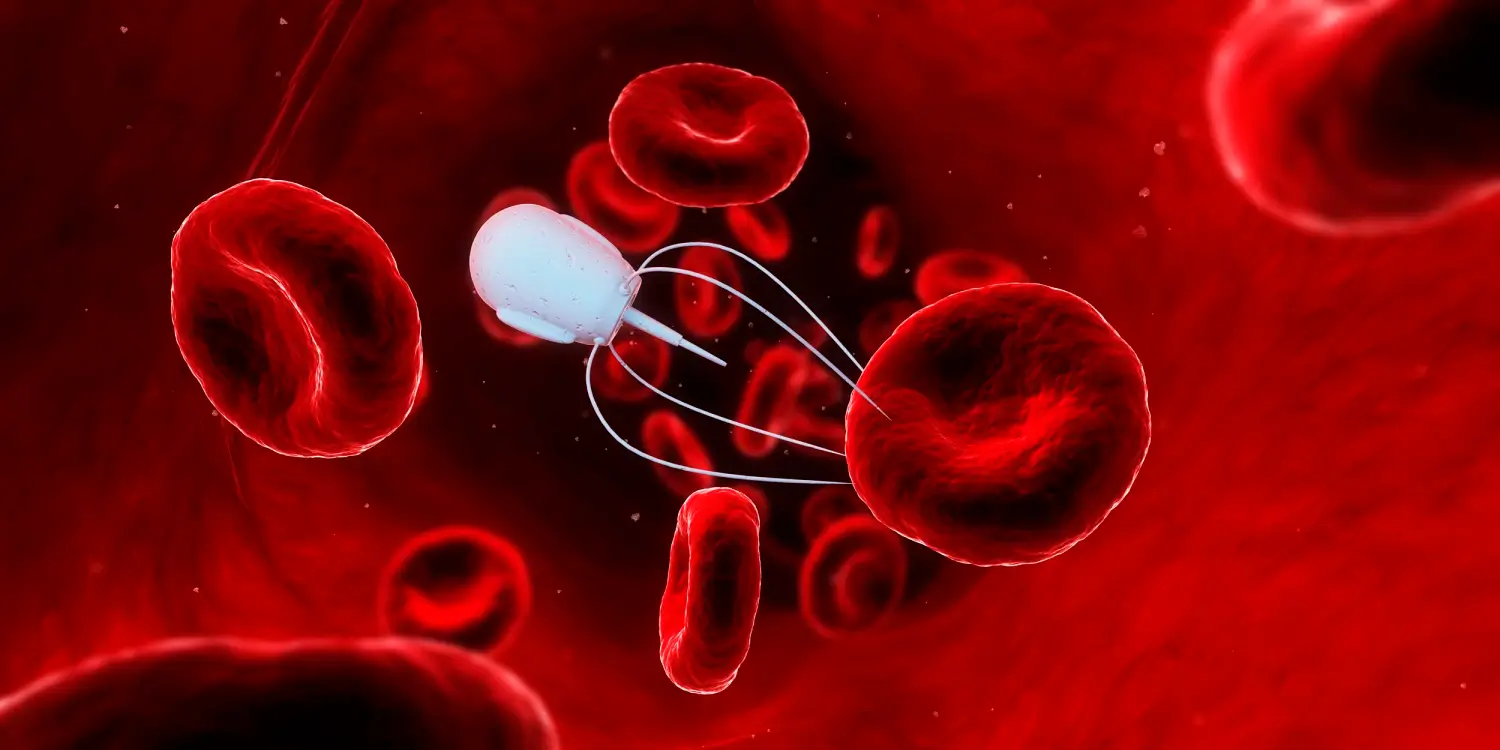Tiny medical robots are rapidly emerging as a groundbreaking technology with the potential to revolutionize drug delivery within the human body. These miniature devices, often smaller than a grain of sand, promise to offer targeted, precise, and less invasive treatment options for a wide range of diseases, from cancer to cardiovascular ailments. This article explores the latest advancements in this field, highlighting the potential benefits, ongoing challenges, and the exciting future that lies ahead.
Traditional methods of drug delivery often involve distributing medication throughout the body, leading to systemic side effects and reduced efficacy. Tiny medical robots offer a solution by delivering drugs directly to the affected area, such as a tumor site or a clogged artery. This targeted approach ensures a higher concentration of the drug at the desired location, minimizing the risk of damage to healthy tissues and improving therapeutic outcomes.
Several research teams across the globe have made significant strides in developing these miniature drug delivery systems. For example, scientists at Nanyang Technological University in Singapore have created grain-sized soft robots that can be controlled using magnetic fields. These robots can carry up to four different drugs and release them in a reprogrammable order and dosage, offering unprecedented precision in drug administration. Similarly, researchers at Caltech have developed bioresorbable acoustic microrobots (BAMs) that can deliver therapeutics directly to bladder tumors in mice, significantly reducing tumor size. These BAMs are made from hydrogels that can survive in harsh bodily environments and release their medical cargo only upon reaching their target.
The functionality of these tiny robots relies on various innovative technologies. One common approach involves using external magnetic fields to steer the robots through the body. Researchers can precisely control the movement and drug release by manipulating these fields. Other methods include using acoustic waves or light to propel and guide the robots. Furthermore, some robots are designed to respond to specific physiological conditions, such as changes in pH or temperature, releasing drugs only when the desired conditions are met.
The potential applications of these tiny medical robots are vast and varied. In cancer treatment, they can deliver chemotherapy drugs directly to tumor cells, sparing healthy tissues from the harmful effects of systemic chemotherapy. In cardiovascular treatments, they can deliver drugs to dissolve clots or reduce inflammation in blood vessels. They can also be used to treat infections, deliver gene therapies, and even perform minimally invasive surgeries.
Despite the immense potential, several challenges remain before tiny medical robots can become a widespread reality. One of the biggest hurdles is ensuring biocompatibility and safety. The materials used to construct the robots must be non-toxic and able to interact safely with the body's environment. Researchers are exploring various biocompatible materials, such as hydrogels, biodegradable polymers, and even plant-based materials like cellulose nanoparticles.
Another challenge is accurately tracking and controlling the robots within the body. Current imaging techniques, such as endoscopy, ultrasonic imaging, and fluoroscopic imaging, have limitations in visualizing small objects in vivo. Advanced medical imaging techniques are needed to track and localize the robots in real-time. Furthermore, the robots must be able to navigate complex biological environments, overcoming obstacles such as tortuous pathways, complex fluids, and interactions with cells and tissues.
The future of tiny medical robots is bright, with ongoing research paving the way for even greater advancements. Researchers are exploring new materials and fabrication techniques to create robots that are more efficient, biocompatible, and capable of performing a wider range of tasks. Emerging technologies include the development of robots that can be controlled using external magnetic fields or acoustic waves, offering precise navigation and manipulation within the body. The integration of artificial intelligence (AI) is also expected to play a crucial role, enabling robots to autonomously adapt their motion and driving parameters based on information collected from their surrounding environment.
The market for microrobots is estimated to reach $159.17 billion by 2033, growing at a CAGR of 17.5% from 2023. This growth indicates the strong interest from industries, investors, and governments in the potential of tiny robots to transform healthcare. As the technology matures and the challenges are overcome, tiny medical robots are poised to become an indispensable tool in the fight against disease, offering new hope for more effective, less invasive, and personalized treatments.

















